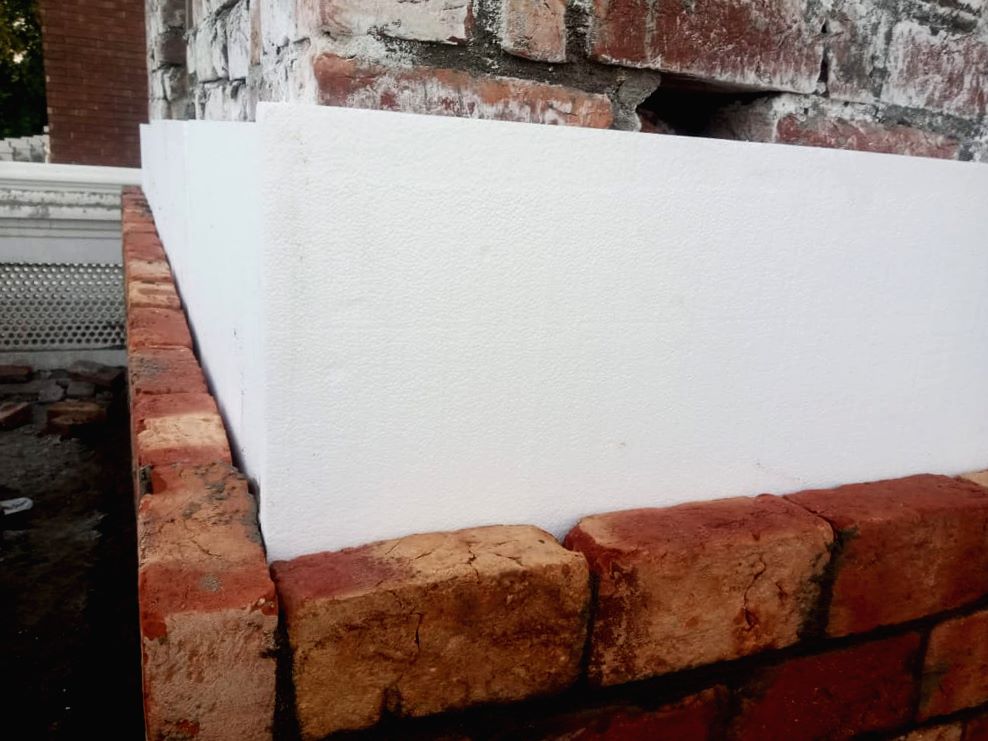Areas of Usage
- Insulation for buildings (roofs, walls, floors)
- Storage of cold items
- Sheds for poultry control
- Fabrication of Eps
- Joints for expansion
- Housing that is prefabricated
- Insulation for server rooms
- Sound-insulating recording studios
- Designing in 3D








